Below are featured the wheeled undercarriage (also called landing gear) arrangements of some modern commercial jet airliners and large military aircraft.
Types of wheeled units
This table shows the main types of individual, basic wheeled units (single-wheel unit or bogies composed of multiple wheels) used on most aircraft undercarriages.
| Symbol | Wheeled unit | Example |
|---|---|---|
| 2 wheels, 1 axle |  Airbus A380 nose landing gear (consisting of a single 2-wheel bogie) | |
| 4 wheels, 2 axles | 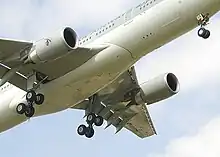 An Airbus A330's main landing gear (consisting of two 4-wheel bogies) | |
| 6 wheels, 3 axles |  A Boeing 777's main landing gear (consisting of two 6-wheel bogies) | |
| 14 wheels, 7 axles | 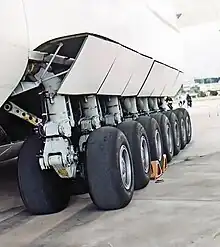 The Antonov An-225's main landing gear (consisting of two 14-wheel bogies) |
The tables below show how various types of wheeled units are arranged to form the undercarriages of some popular aircraft from manufacturers Antonov, Airbus, and Boeing.
Antonov
| Aircraft | Wheels and Configuration | Nose section | Center section | Example |
|---|---|---|---|---|
| An-225 | 32 wheels [2x2]+[2x14] |  | 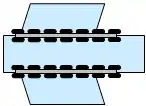 |  The Antonov An-225 with its 32-wheel landing gear. Note the front gear made of two independent, parallel 2-wheel bogies |
Airbus
| Aircraft | Wheels and Configuration | Nose section | Center section | Example |
|---|---|---|---|---|
| A318, A319, A320, A321 (standard) | 6 wheels [1x2]+[2x2] |  | 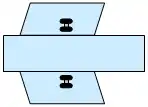 | 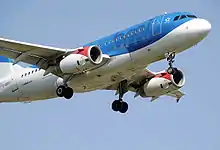 An Airbus A319 from bmi |
| A300, A310, A320, A330, A350-900 | 10 wheels [1x2]+[2x4] |  | 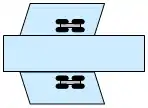 | |
| A340-200/300 | 12 wheels [1x2]+[2x4+1x2] |  | 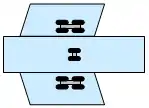 | 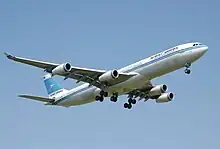 An Airbus A340-300 from Kuwait Airways. Note the usage of an isolated 2-wheel unit in the central landing gear (similar to the MD-11) |
| A340-500/600 | 14 wheels [1x2]+[3x4] |  |  | |
| A350-1000 | 14 wheels [1x2]+[2x6] |  | 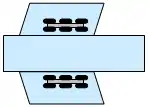 | |
| A380 | 22 wheels [1x2]+[2x4+2x6] |  |  | _overflies_Filton_Airfield_(England)_18Jul2010_arp.jpg.webp) Airbus A380 in Airbus markings |
Boeing
| Aircraft | Wheels and Configuration | Nose section | Center section | Example |
|---|---|---|---|---|
| 717, 727, 737 | 6 wheels [1x2]+[2x2] |  |  |  A Boeing 737 from Southwest Airlines |
| 747 | 18 wheels [1x2]+[4x4] |  | 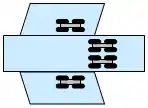 | 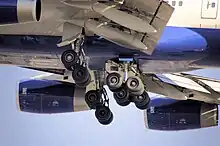 A Boeing 747-400's main landing gear. Note the toes-up bias angle of the bogies on the wing gear, to ensure correct stowage upon retraction |
| 707, 720, 757, 767, 787 | 10 wheels [1x2]+[2x4] |  |  |  A Boeing 757-200 from British Airways |
| 777 | 14 wheels [1x2]+[2x6] |  |  |  A Boeing 777-200 from United Airlines. Using 6-wheel bogies, instead of the common 4-wheel bogies (reminiscent of earlier generation Tupolev Tu-154), was visionary for contemporary aircraft at the time of the design of the 777 |
| B-52 Stratofortress | 8 main wheels plus 2 outrigger wheels [2x2]+[2x2] |  | 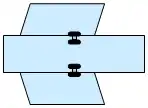 | 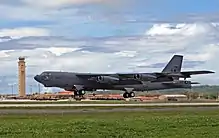 A Boeing B-52 Stratofortress featuring its characteristic landing gear with 8 wheels under fuselage and two outrigger wheels near wingtips |
This article is issued from Wikipedia. The text is licensed under Creative Commons - Attribution - Sharealike. Additional terms may apply for the media files.

_arrives_London_Heathrow_31May2009_arp.jpg.webp)
.jpg.webp)